Last Chance to Catch NYC's Holiday Notalgia Train
We met the voices of the NYC subway on our nostalgia ride this weekend!


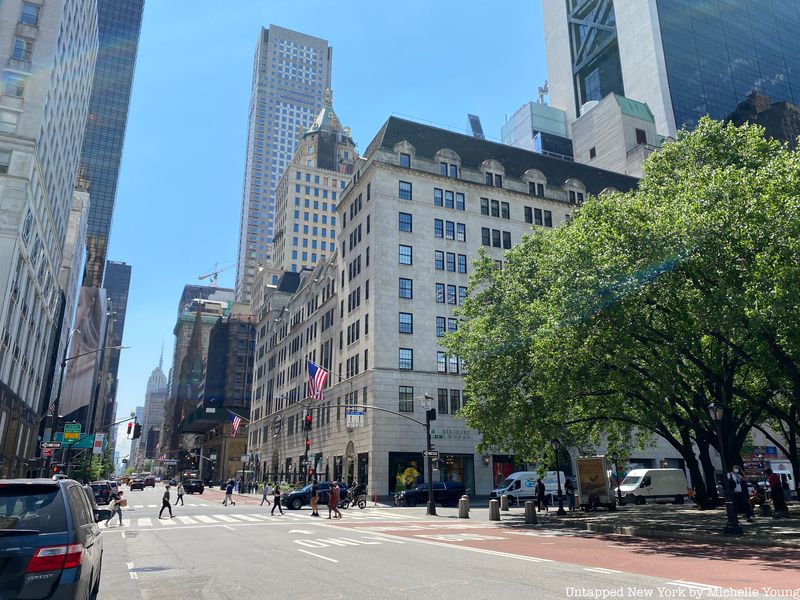
Bergdorf Goodman on Fifth Avenue is among New York’s most notable and historic department stores, dating back to the turn of the 20th century. Opening in 1901, Bergdorf Goodman has had a few locations over its 120 years in operation, setting up shop permanently at its Fifth Avenue location in 1928. Known for its wide selection of exquisite clothing and elaborate Christmas setups — as well as affluent and famous clients — the store has gained worldwide fame and popularity among figures like Yoko Ono, Joan Rivers and Elizabeth Taylor. Check out these top 10 secrets of Bergdorf Goodman!
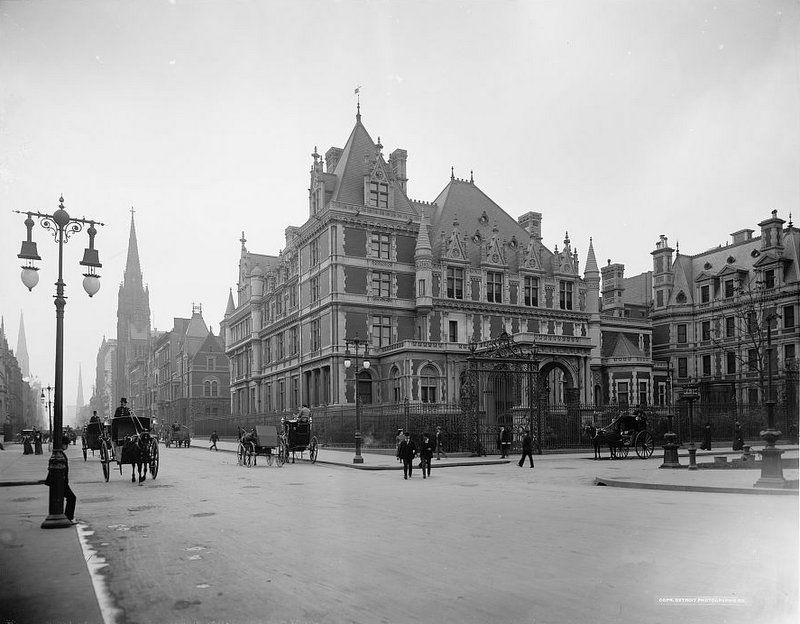
Bergdorf Goodman moved to its present Beaux-Arts style location at Fifth Avenue and 58th Street in 1928 on the site of the Cornelius Vanderbilt II House. The home of Cornelius Vanderbilt II was allegedly the largest single-family house in New York City at the time, a far cry from his grandfather’s humble beginning on Staten Island. Using the fortune he inherited from his grandffather the Commodore, Cornelius purchased and knocked down three brownstones on the corner of 57th Street and 5th Avenue, building his own from scratch.
The Vanderbilts hired George B. Post to design the home and later enlisted Richard Morris Hunt to help Post make the mansion even larger in the 1890s. Despite the home’s demolition, you can still track down the remnants of the mansion scattered around Manhattan, including the front gates that are now in Central Park, sculptural reliefs now in the Sherry-Netherland Hotel, and a grand fireplace now in the Metropolitan Museum of Art.
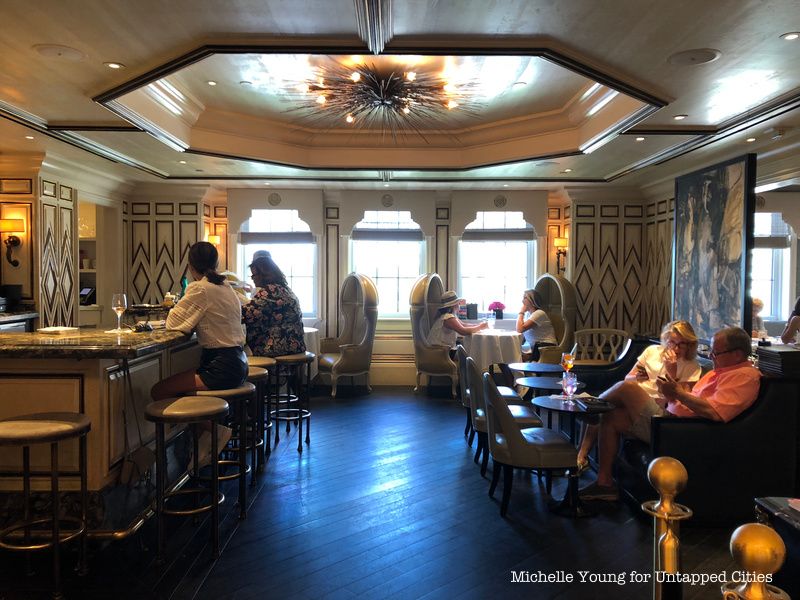
Bergdorf Goodman once had a seventeen-room apartment overlooking Fifth Avenue and Central Park. The apartment had six bedrooms and a bathroom for each one — featuring walnut paneling that was actually a trompe l’oeil made of plaster. When Edwin Goodman, who bought out Herman Bergdorf’s share of the company in 1903, decided to move the store to its current location at 58th Street and Fifth Avenue, he made sure that the new building included a private apartment for his family. He may have drawn the first sketch of the building on a cocktail napkin in the bar of the Plaza Hotel. Bergdorf Goodman even had a private elevator that only made two stops — Goodman’s office on the seventh floor and the penthouse suite.
The apartment was turned into the John Barrett Salon — which offers amazing views and $150 haircuts. Andrew Goodman and his wife Nena lived there until the 1980s. They often threw parties in the penthouse, including one memorable evening that culminated in a midnight dinner when Barbra Streisand showed up after performing on Broadway. New York Magazine raved that even the coat check “boasts a bird’s-eye view of Fifth Avenue and Central Park.” The salon closed this location in 2019 and the ninth floor of Bergdorf Goodman is now the Yoshiko salon.
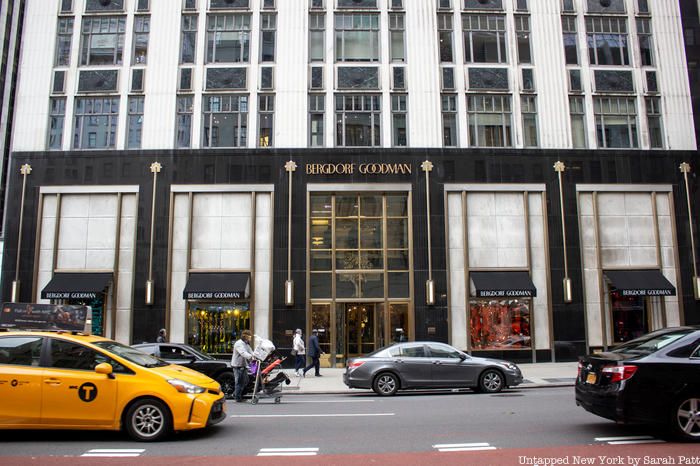
Edwin Goodman bought a plot on 5th Avenue between 57th and 58th Streets, a connection to the wealthy enclaves on the East Side. The new Bergdorf Goodman was the go-to shopping destination for the affluent, and in order to oversee all parts of the store, Goodman and his family moved into the penthouse.
However, according to city regulations, nobody was allowed to live in industrial spaces except for janitors. Thanks to mayor Jimmy Walker, Edwin Goodman listed himself and his family as building custodians, which made them the wealthiest janitors in the world. Edwin Goodman’s children were in business with their father until 1972.
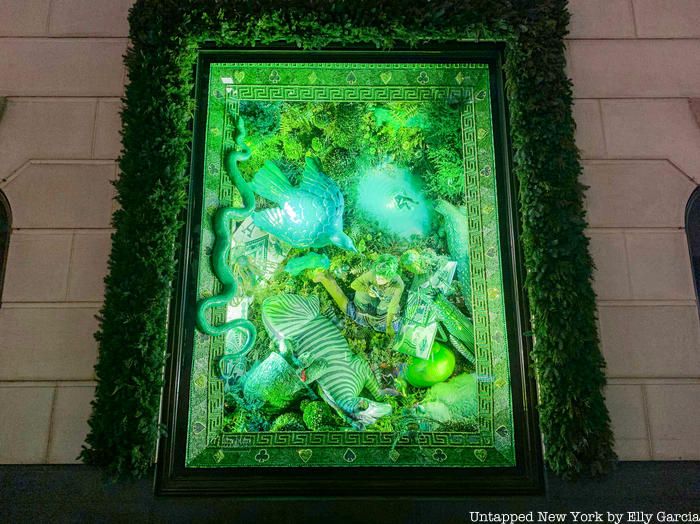
Edwin Goodman grew up in Lockport in upstate New York (where the first district steam system was installed, coincidentally), coming from a family of German-Jewish shopkeepers. He dropped out of high school to work for a local tailor, and at 23 he took up an apprenticeship at Herman Bergdorf’s tailor shop around Union Square. The handsome Goodman, who came from humble origins, greatly impressed Bergdorf, and the two partnered together in 1901.
Just five years later, they moved the store to a new location on 32nd Street. Soon after, Bergdorf retired to Paris. Now that Goodman had full control of the business, he moved it further up 5th Avenue, opening up right near St. Patrick’s Cathedral. He did this to maintain proximity to his clients, many of whom lived along Fifth Avenue and near Central Park.
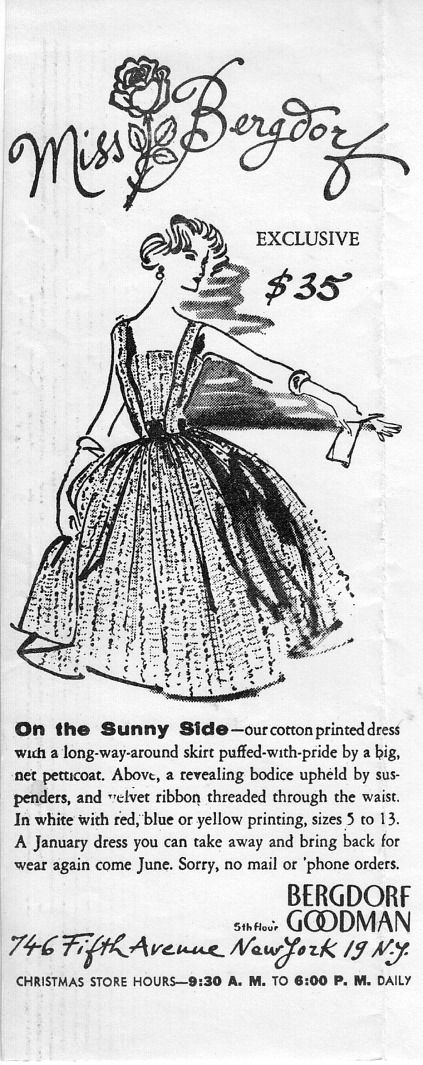
At the new spot, Goodman opened the first ready-to-wear department in the country, which cut down on time in which upper-class women would get their dresses meticulously measured and fitted. In 1914, Goodman noted that many women did not want to wait hours to craft their outfits, so he consulted with many top designers of the time to discover the trending styles. Many of these ready-to-wear dresses were close reproductions of the best Paris dresses, making the store a destination for American and French fashion.
The introduction of ready-to-wear allowed for clothes to be sold for cheaper prices, making fashion in New York City more affordable and accessible. When his son Andrew took over in 1951 following his father’s death, the store created Miss Bergdorf, a ready-to-wear line for younger customers, as well as a fur salon. The Goodwins paved the way for Sears mail-order catalogs and Chanel shift dresses.
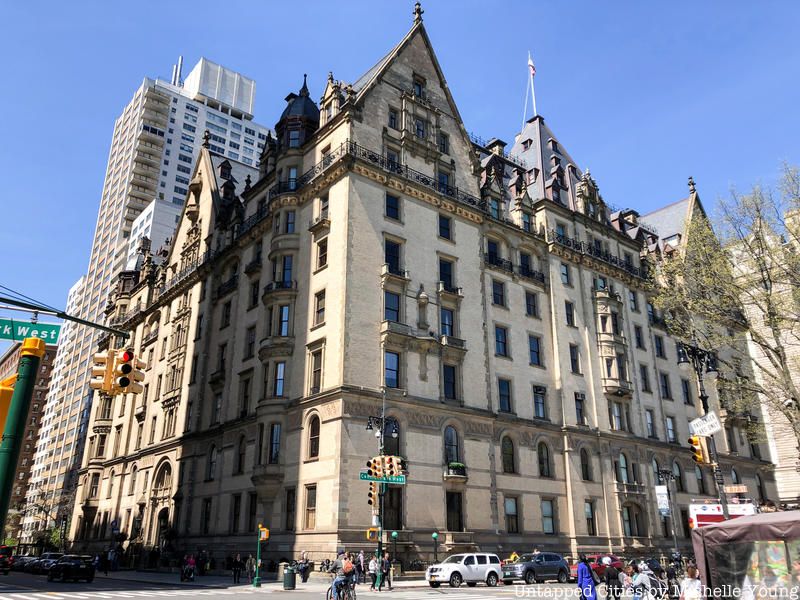
As the go-to clothing store for the wealthy, many celebrities were sure to stop by and future a few thousand dollars worth of clothing. Actress Elizabeth Taylor once custom-ordered 200 pairs of white mink earmuffs for everyone on her Christmas list. And she needed them in a week before leaving for Gstaad, Switzerland in a week.
Additionally, John Lennon and Yoko Ono spent $400,000 on furs, also leading up to Christmas! In the late 1970s, fur buyer Jack Cohen was called to the Dakota Apartments on Christmas Eve at 4 p.m. by Yoko Ono, and he brought plenty of options that she bought for family and friends. Many other celebrities had slightly less extravagant shopping sprees at Bergdorf Goodman, but celebrities often raved about the deals they would get on exquisite clothing at the store.
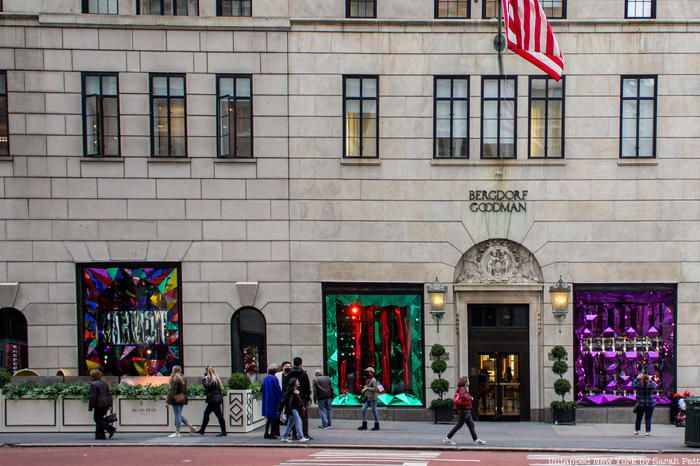
In 1972, Andrew Goodman sold Bergdorf Goodman to Broadway-Hale Stores, which would become Carter Hawley Hale Stores. CHH considered building branch locations, and they went through with the construction of one in White Plains, in 1972. However, this location was short-lived, since it did not perform nearly as well as the Fifth Avenue location, perhaps because Westchester clientele were not as into the lavish clothes selection.
The company hired Dawn Mello in 1975 as vice president of fashion to help rebrand the store, although even her efforts could not revitalize the Westchester location. After her brief stint at Gucci, she returned to Bergdorf Goodman as president of the company, where she further helped revive the brand. This location eventually became a Neiman Marcus branch in 1981, and it is still open today (Neiman Marcus and Bergdorf Goodman are part of the same company).
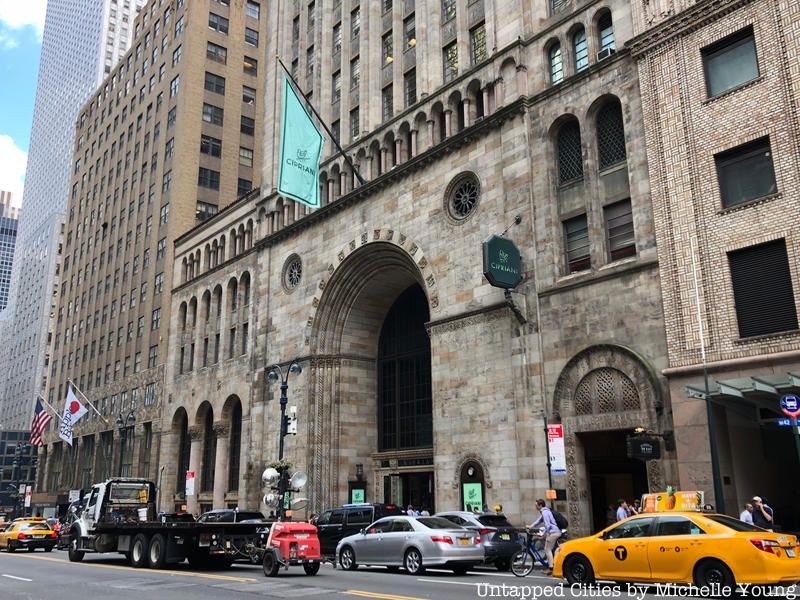
In 1984, former Bergdorf Goodman CEO Ira Neimark attempted to get a Cipriani restaurant on the seventh floor. Neimark actually brought Cipriani to the U.S. after going to its original outpost Harry’s Bar in Venice. Neimark saw a gap in the market — since high-end restaurants seemed to be disappearing from the area — and tried to convince Arrigo Cipriani to open a restaurant in the store. Although he refused, he opened a restaurant in the Sherry Netherland, located directly across from the store.
Today, Cipriani has five locations in New York and 18 locations worldwide. Cipriani also collaborated with the imaginative team at Moment Factory on SuperReal, an immersive digital art show in June which dazzled audiences with mind-bending visuals projected on the interior of the landmarked Cunard Building.
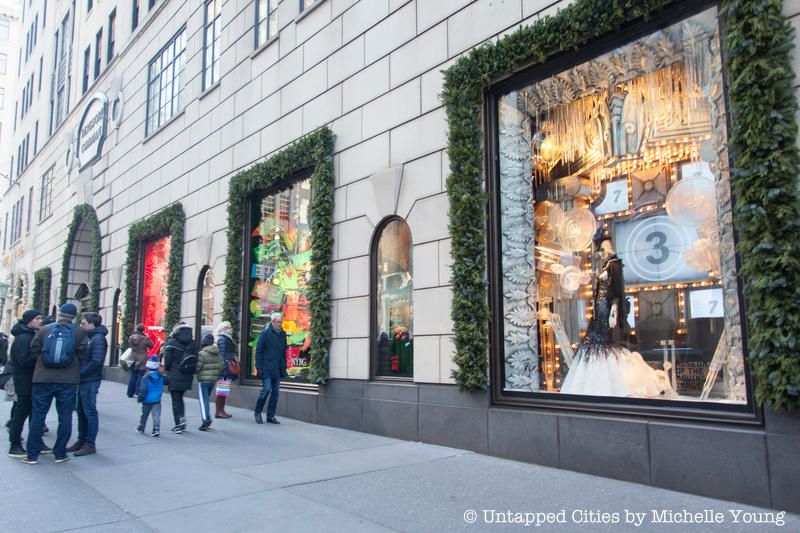
Bergdorf Goodman has historically been notable for its luxurious collection prominently displayed in the store’s central windows, but the store has also hosted its fair share of fashion shows to showcase these outfits. In 1981, the store organized a show for Fendi Furs at the nearby Pulitzer Fountain, which served as the runway. Tiers were lined with black Mylar and filled with gallons of water, although all these preparations amounted to little since it downpoured for most of the night.
In 1996, John Galliano presented a lavish show in the penthouse. This year, designer Marc Jacobs showcased his selection at Bergdorf Goodman, and the fall 2021 collection was presented at the New York Public Library and projected simultaneously on the facade of Bergdorf Goodman.
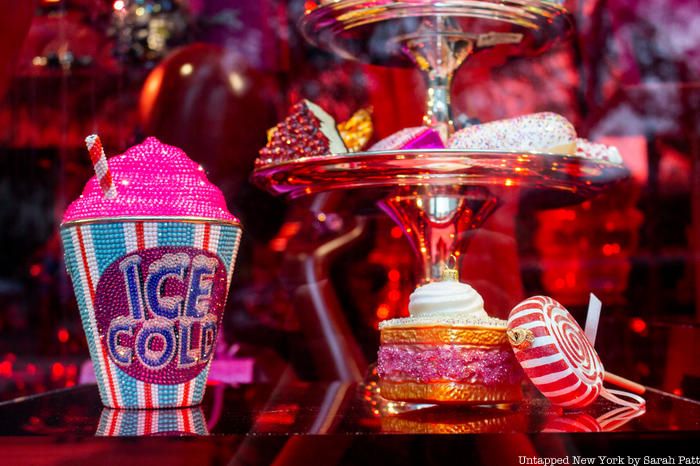
“Scatter My Ashes at Bergdorf’s” is a 2013 documentary directed by Matthew Miele that tells of the store’s acclaimed history. The film features celebrities, store executives, employees, designers and customers who share their love of the place, as well as reveal some secrets of the store’s past.
The film features accounts from Ashley and Mary-Kate Olsen, Cher, Tom Ford, Barbra Streisand, Joan Rivers, David Letterman, and a number of other celebrities. The store has also made appearances in the recent Netflix series “Halston” and films like “The Muppets Take Manhattan,” “That Touch of Mink” and “Ocean’s 8.”
Next, check out 8 New York Fashion Designers Who Revolutionized the Fashion World!
Subscribe to our newsletter